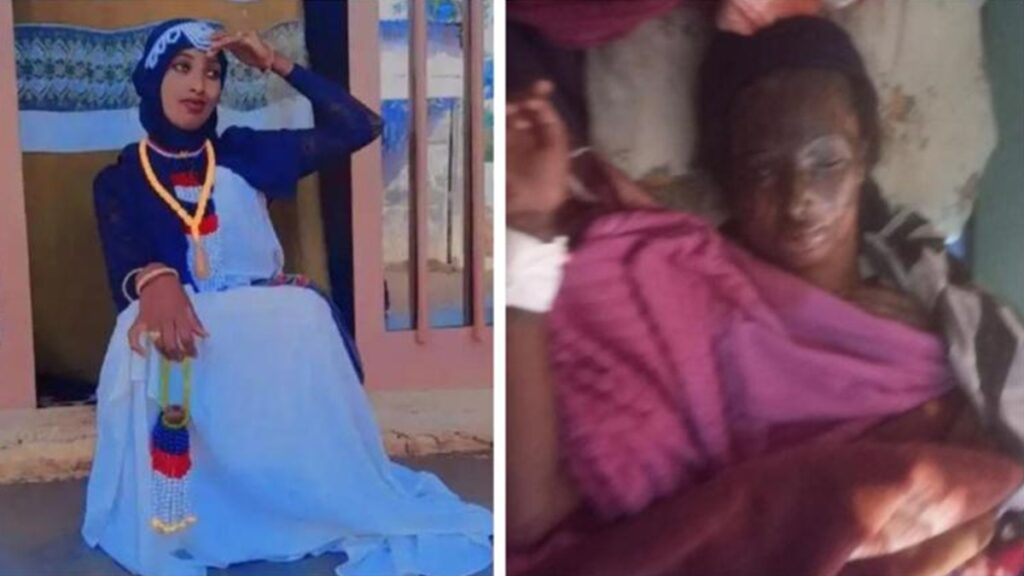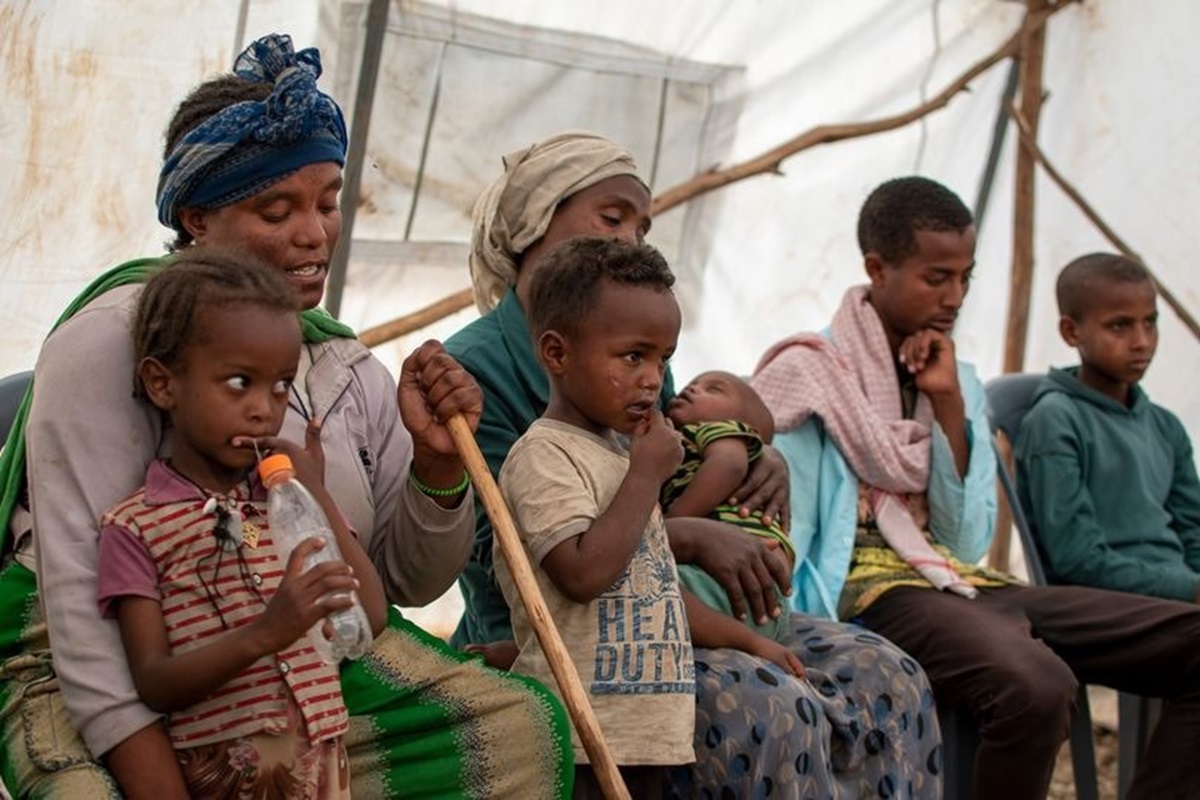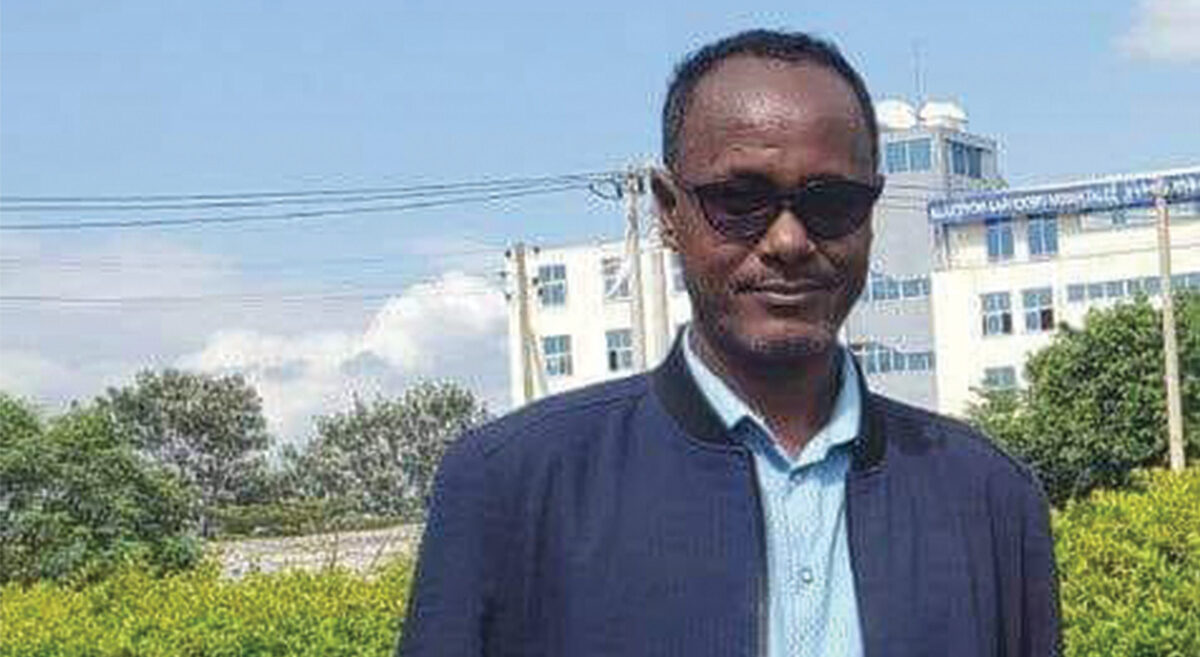Op-ed: Is burn care system in Ethiopia adequate to treat severe Acid burns?

By Dr. Metasebia Worku Abebe
Addis Abeba – In recent weeks, social media has been abuzz with the harrowing stories of two Ethiopians who suffered devastating acid burns. One of them, Ayantu, a mother of two from Harar, endured a horrific attack when her husband of eight years splashed acid on her face and back. As a result, she has lost vision in one eye and is undergoing treatment to save the sight in her other eye while also healing from severe burns on her face, arms, and back. Such incidents cast a harsh light on the state of burn care within our healthcare system and the urgent need for change.
Burn injuries, especially chemical burns, exact a heavy toll, not only physically but also mentally and socially. They can prove fatal in the acute phase or lead to long-term disabilities, compounded by societal stigma. The cost of burn care is staggering, with the mean healthcare expenditure per burn patient in the US reaching an estimated US$ 88,218 (Birr 50 million) in 2019.
Unfortunately, Ethiopia’s already strained healthcare system struggles to meet the financial demands of standard burn care, leaving many patients vulnerable. Chemical burns, though relatively uncommon, are more likely to be fatal, highlighting the urgent need for improved care protocols.
The rise in severe burns, including those from electrical and chemical sources, surpasses the capacity of existing burn units.”
Dr. Metasebia Worku Abebe, Assistant Professor of Plastic and Reconstructive Surgery
With only five burn units across government hospitals, equipped with a mere 74 admission beds for a population exceeding 110 million (one bed for every 1.5 million Ethiopians), the inadequacy of our infrastructure is glaringly evident. Moreover, the rise in severe burns, including those from electrical and chemical sources, surpasses the capacity of existing burn units. Despite the dedication of healthcare workers in the burn units, the highly resource-intensive nature of treating burns makes it impossible to deliver standard care because of lack of resources.
As a Plastic and Reconstructive Surgeon overseeing one of the five government-owned burn units with twenty in-patient burn unit beds, I have encountered numerous challenges. In the absence of pre-hospital care, patients often arrive at our hospital days after an incident has occurred, having not received essential lifesaving fluid resuscitation or receiving it inadequately. Compounding this issue, community members sometimes apply foreign substances like dough, toothpaste, oil, and even rabbit hair to open wounds, which can introduce infection and worsen injuries.
Even when patients do reach primary healthcare facilities, they are typically attended to by health workers lacking specific training in burn care. This lack of expertise hampers their ability to accurately diagnose, treat, or refer burn cases. Moreover, the absence of a burn specific referral system further compounds these challenges.
It is imperative for the Ethiopian government to prioritize both the quality and accessibility of care for burn victims.”
Dr. Metasebia Worku Abebe, Assistant Professor of Plastic and Reconstructive Surgery
The five tertiary care facilities tasked with providing advanced care to burn patients struggle to cope with the number of patients. They grapple with a shortage of staff trained in burn care, as well as a scarcity of wound care products, surgical instruments, and resources for nutritional and rehabilitative programs -essential components for delivering standard care to severely burned patients.
It is imperative for the Ethiopian government to prioritize both the quality and accessibility of care for burn victims. This can be achieved through collaboration with strategic partners to implement the following measures
Firstly, comprehensive burn-specific training programs must be established for healthcare personnel across primary care facilities and tertiary health institutions. These programs aim to equip medical professionals with the skills needed to swiftly identify and administer life-saving interventions and the knowledge of when to refer burn patients to specialized centers. Additionally, the establishment of a robust referral system is crucial to ensure the timely transfer of severe burn cases to specialized treatment centers.
Secondly, there is a pressing need to develop standardized care protocols within existing specialized facilities. This entails augmenting staffing, acquiring essential surgical equipment, and facilitating long-term rehabilitation efforts. Such initiatives require increased investment and support from both the Ministry of Health and Regional Health Bureaus.
Looking ahead, it is essential to devise a long-term plan for the expansion of specialized burn care services across different regions of Ethiopia. Leveraging existing burn units as models, these facilities must be fully functional to meet the escalating demand for burn treatment nationwide.
In essence, by prioritizing these strategic interventions, devising preventive strategies and advocating for more serious legal repercussions for homicidal chemical burns, we can work towards ensuring that individuals like Ayantu receive the timely and comprehensive care they deserve, ultimately mitigating the devastating impact of burn injuries on our communities. AS
Editor’s Note: Dr. Metasebia Worku Abebe, is an Assistant Professor of Plastic and Reconstructive Surgery, leading the Plastic and Reconstructive Surgery Unit at Saint Paul Hospital Millennium Medical College in Addis Ababa, Ethiopia. Within her role, she oversees the 20-bed burn unit at AaBET Hospital, an affiliate of Saint Paul Hospital Millennium Medical College. She is the first female plastic surgeon from Ethiopia to be a fellow at the College of Surgeons of East, Central and Southern Africa (COSECSA).







